Yupik culture across the Bering Strait and the food-nature continuum
Arzamas guides us through Arctic cultures with exploration of Yupik language and food culture. The Yupik (formerly called Eskimos in many European languages, including Russian) are probably one of the most famous peoples of the Arctic. Today, the total population is more than 150,000. The text “Eleven words to help you understand Eskimo culture” mainly focuses on words from the Chaplin language of the Chukchi Yupik and their closest neighbors from St Lawrence Island (Alaska). There are more than 20 different dialects and languages. In Greenland, the majority of the population today speaks the Greenlandic language of the Eskimo-Aleut language family (“kalaallisut”), which is safe from dying out. The situation in Chukotka and Alaska is much worse – years of contact with majoritarian cultures and languages have destroyed local languages and dialects. That is why words are so crucial in understanding the principles of Northern people’s lives. Eskimo culture is rich, flexible and adaptive to external social and cultural challenges, and language reflects this culture.
How to make pickled walrus, seal eye and venison with blood sauce? And what for? Eating raw reindeer meat and blood, which would shock the modern city dweller, is not only an old custom of the peoples of Northwestern Siberia but also used to prevent scurvy. Today, food remains a crucial symbol of contact with the land, which indigenous peoples must defend. The stronger connection with the earth, the stronger the ethnic self-consciousness. The loss of culture, including food culture, means the loss of national identity.
How to make pickled walrus, seal eye and venison with blood sauce? And what for? Eating raw reindeer meat and blood, which would shock the modern city dweller, is not only an old custom of the peoples of Northwestern Siberia but also used to prevent scurvy. Today, food remains a crucial symbol of contact with the land, which indigenous peoples must defend. The stronger connection with the earth, the stronger the ethnic self-consciousness. The loss of culture, including food culture, means the loss of national identity.
